For her senior thesis project at the Fashion Institute of Technology, photographer Angelina d’Auguste wanted to create a series that would captivate people by showing the unseen. Drawn to issues that involve appearance and social issues, she decided to photograph albinos. “Most people have never interacted with a person who is albino. Unfortunately, it’s difficult for them to fit into society,” d’Auguste wrote in an email to PDN. “I wanted to show their distinct beautiful features in a positive way that people have never seen before.”
D’Auguste began by producing standard beauty portraits, but after spending time with the people she chose to photograph and listening to their struggles, she changed the execution so the series had a more narrative feel. D’Auguste’s images are not shot in the studio and although she considers them documentary portraits, they are highly staged and stylized. She wanted the images to have a cohesive and refined environment, with a lack of modern elements. Believing pastel colors would best complement her subjects’ skin tones, d’Auguste spent a significant amount of time hunting for locations that fit her vision. As well as finding locations with pastel backgrounds, she asked them to wear pastel colors. For a number of the images she chose a floral background to lend a classic or vintage feel inspired by her grandmother’s house. “I thought the mix of pastels and florals would give the series a unique and elegant look,” explains d’Auguste.
Finding the right locations was not the only aspect of this series that took an investment of time. “It was a long process to find these subjects,” recalls d’Auguste. “A lot of them had trust issues. People have offered to take their photographs in an unprofessional way or they are simply shy.” Once d’Auguste told them the aim of her project, “to publicize the beauty of the defect,” she says they were on board immediately. She intentionally sought albinos of varied ages and ethnicities to show the diversity among albinos.
Her work has led her to become involved in online communities for people with albinism. D’Auguste learned that “although many large cities have facilities that offer to help albinos, smaller areas don’t have places that are essential for their condition.” A variety of medical conditions may accompany albinism and these can restrict albinos from living their daily lives, explains d’Auguste. She has also been inspired to take up some activism regarding societal targeting of albinos. One place of particular interest is Tanzania, home to a high population of people with albinism, and mired in a culture that can prove dangerous for albinos. D’Auguste hopes her work will allow her to visit Tanzania and further draw attention to the issue.
Follow d’Auguste on Instagram.
—Sarah Stacke

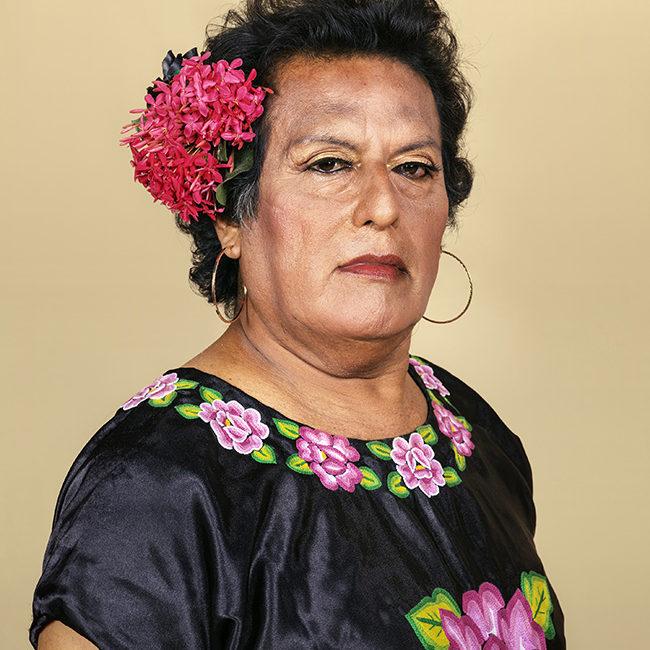
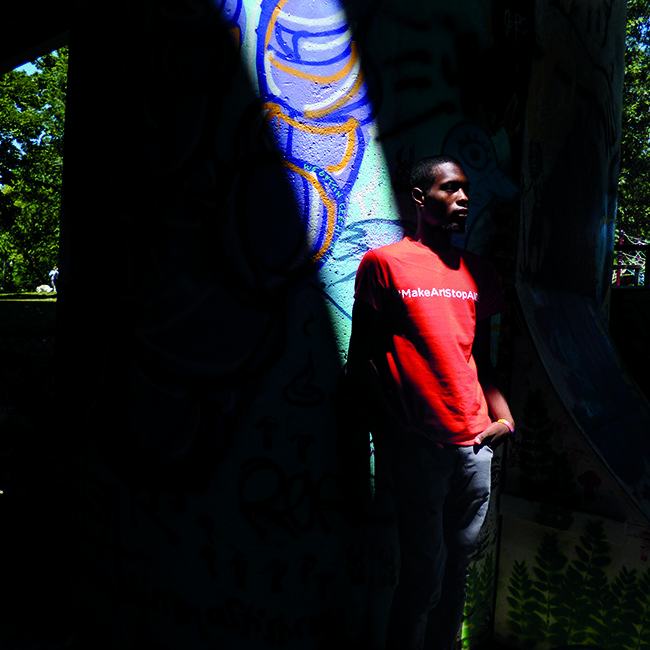


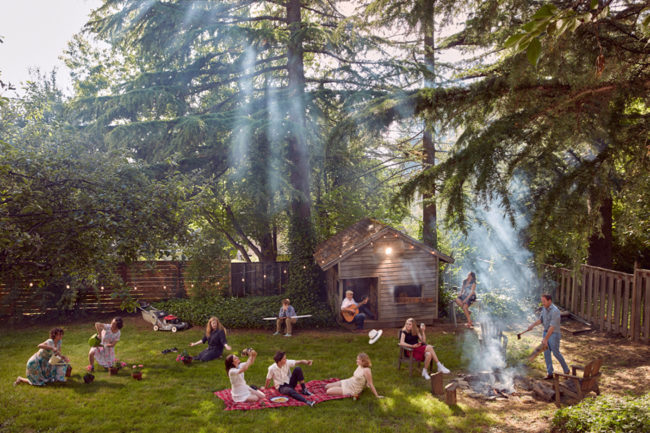


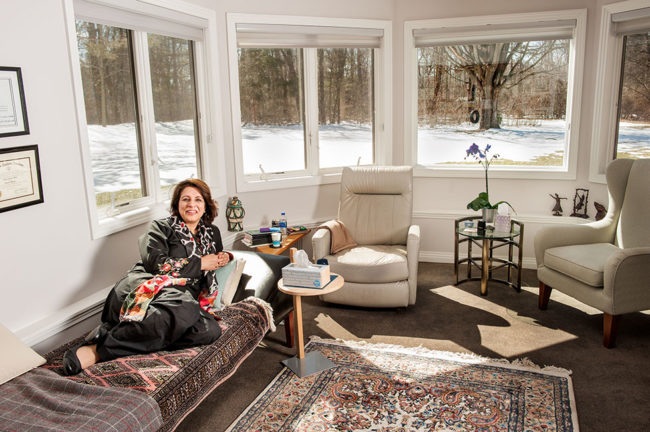
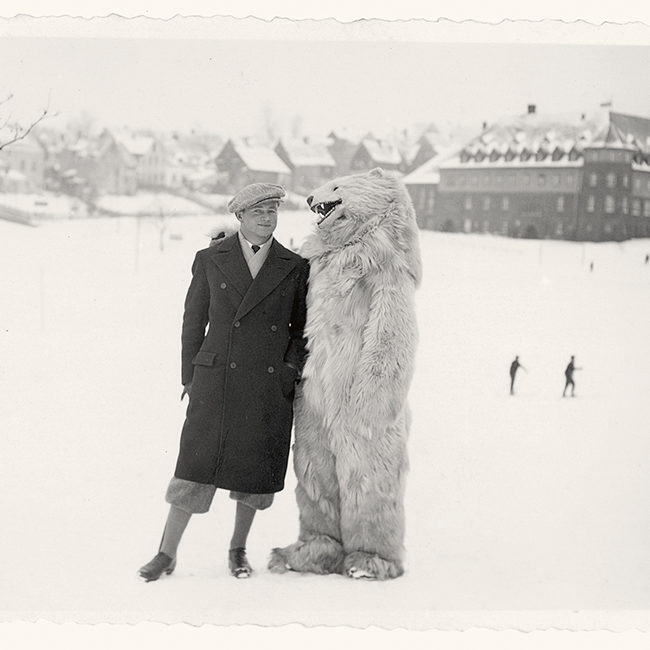
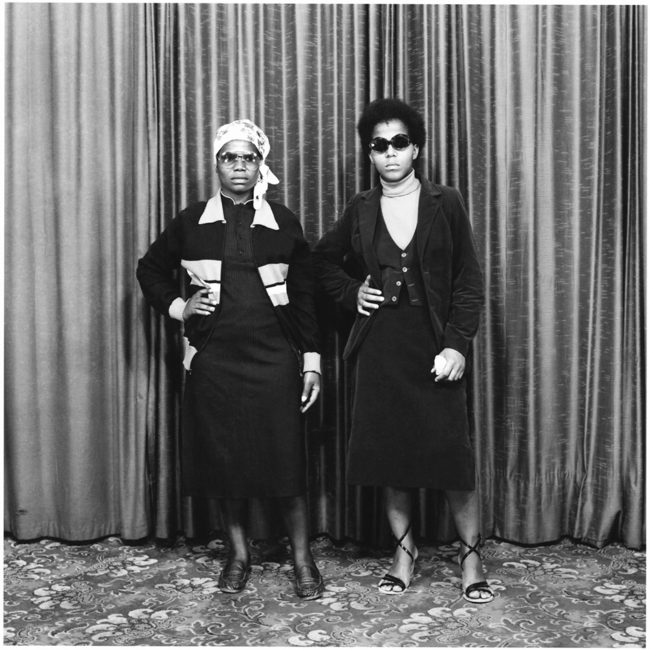
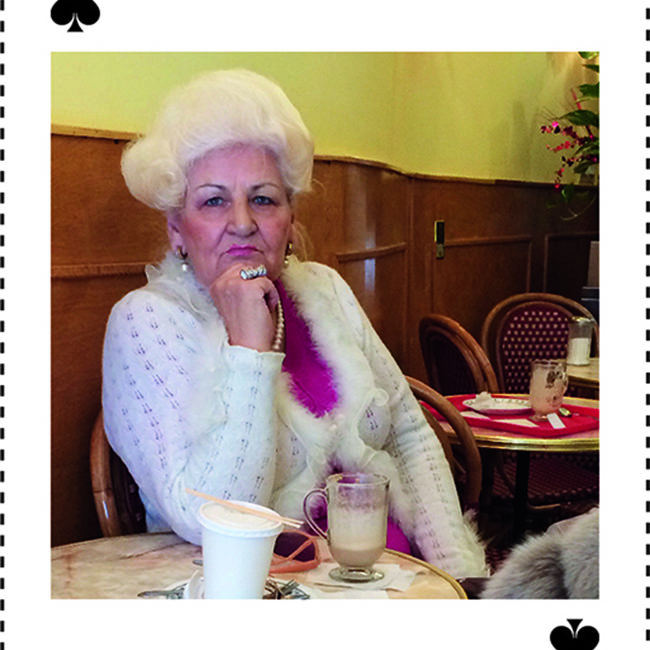
Thank you Angelina d’Auguste.
Thank you so much for showing the unique beauty of albinism. Unfortunately most people don’t realize the difficulties or the sameness that people with albinism face. My daughter, one of your featured subjects, has accomplished as much if not more than her non-visually impaired peers. Yet she struggles daily with the visual impairment. In my opinion most people with albinism are stronger because of their struggle. Thanks for brining them to the forefront.